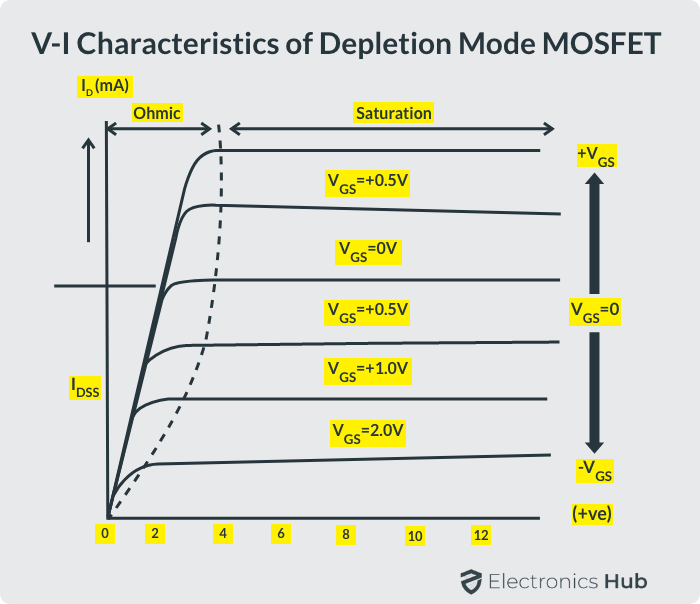Metal-Oxide-Semiconductor Field-Effect Transistors, commonly known as MOSFETs, are crucial electronic components used in a myriad of applications, ranging from amplifiers and digital circuits to power management systems. The Voltage-Current (VI) characteristics of MOSFETs play a pivotal role in defining their behavior and performance. This article aims to provide a comprehensive understanding of MOSFET VI characteristics , shedding light on the key parameters and their significance.
Basic MOSFET Operation:
Before delving into the VI characteristics, it’s essential to grasp the basic operation of a MOSFET. A MOSFET consists of a metal gate insulated from the semiconductor material by a thin oxide layer. The device operates based on the electric field applied to the gate, which controls the flow of current between the source and drain terminals.
VI Characteristics:
Transfer Characteristics (ID-VGS):
The transfer characteristics illustrate the relationship between the gate-to-source voltage (VGS) and the drain current (ID) under constant drain-to-source voltage (VDS). By plotting ID against VGS, one can observe the threshold voltage (Vth), which is the minimum VGS required to turn the MOSFET on. Below Vth, the MOSFET is in the cutoff region, and above Vth, it operates in the saturation region.
Output Characteristics (ID-VDS):
Output characteristics represent the relationship between the drain current (ID) and the drain-to-source voltage (VDS) at a fixed gate-to-source voltage (VGS). This graph helps in understanding the saturation and triode regions of MOSFET operation. Saturation occurs when VDS is sufficient to establish a conducting channel between the source and drain, while the triode region is characterized by a pinch-off effect limiting the channel.
Drain Characteristics (ID-VD):
The drain characteristics show the drain current (ID) as a function of the drain voltage (VD) at constant gate-to-source voltage (VGS). This graph is particularly useful for analyzing the MOSFET’s behavior under varying drain voltages, helping engineers determine the appropriate operating conditions for a given application.
Subthreshold Characteristics:
Subthreshold characteristics focus on the MOSFET’s performance in the weak inversion or subthreshold region, where the gate-to-source voltage is less than the threshold voltage. Understanding these characteristics is crucial for low-power applications, as MOSFETs operate in a highly sensitive and nonlinear manner in this region.
Significance of VI Characteristics:
Design Optimization:
Engineers use VI characteristics to optimize MOSFET designs for specific applications. By analyzing these graphs, they can tailor the device parameters to meet performance requirements efficiently.
Power Consumption Analysis:
VI characteristics aid in assessing the power consumption of MOSFET-based circuits. Efficient use of MOSFETs in different regions (cutoff, triode, and saturation) can minimize power dissipation.
Reliability Considerations:
Understanding VI characteristics is crucial for ensuring the reliability of MOSFETs. Operating the device within specified regions helps prevent overheating and ensures long-term stability.
Conclusion:
MOSFET VI characteristics are fundamental in understanding and optimizing the performance of these electronic components. By examining transfer, output, and drain characteristics, engineers can design circuits with enhanced efficiency, lower power consumption, and improved reliability. As technology continues to advance, a deep understanding of these characteristics becomes increasingly vital for developing innovative and efficient electronic systems.
